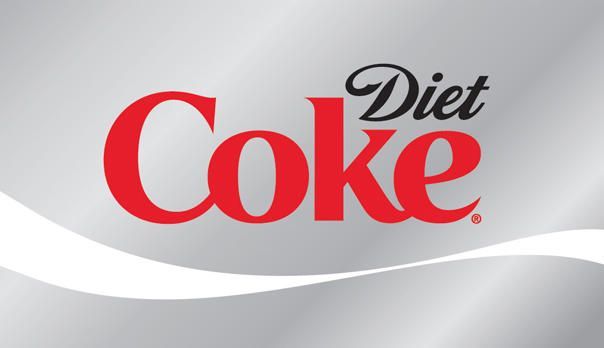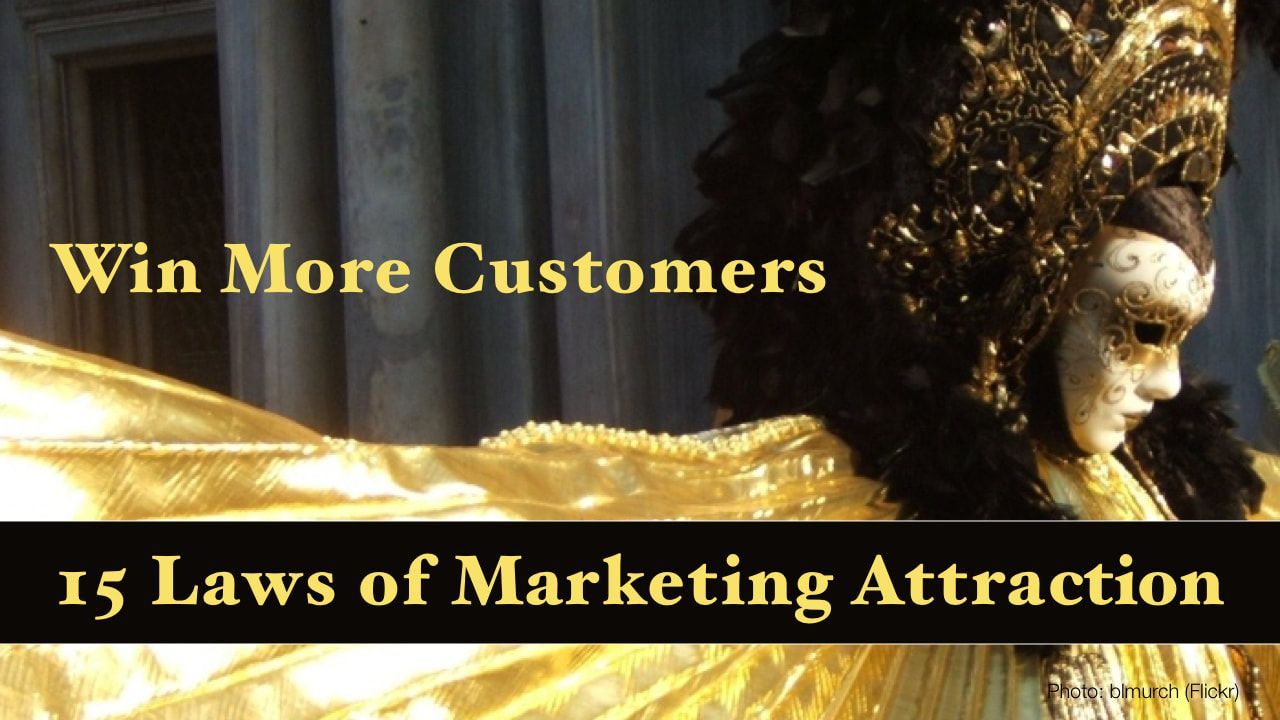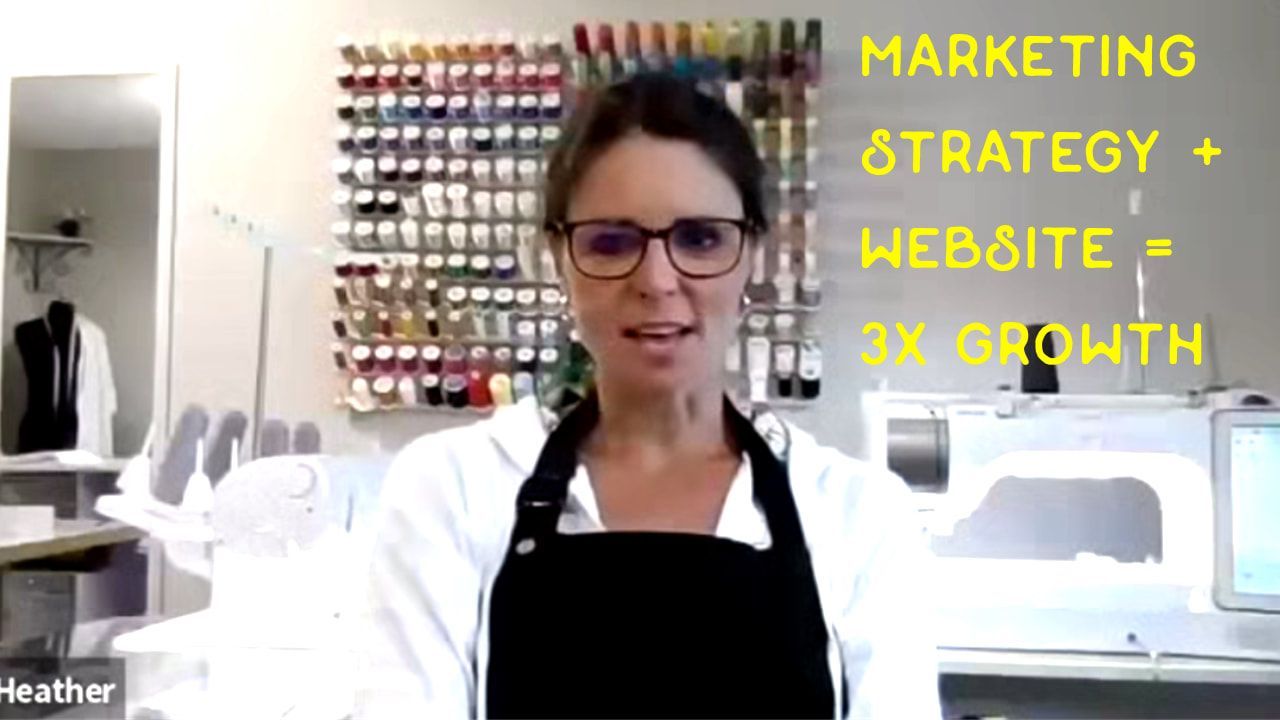Looking Professional without a Logo Isn't an Option
Here's a Low Cost Solution
What's a Logo and Why You Need One
Logos represent your brand and help you look professional. It's the first image website visitors see, and it's how your company or product is recognized on a store shelf. It's the first step in creating a consistent and integrated image for your company.
Logos consist of a font or typeface, at minimum, and sometimes include an icon or graphic, although this isn't absolutely necessary. It should be clear to the reader and distinct from your competitors.
At the very least, whatever you're using now, trade up from ordinary type to an interesting font. Then, you can manipulate the spacing or shape of individual letters to make it unique. These are known as lettermarks or wordmarks.
Do It Yourself or Hire a Professional?
There are generally 3 ways to create a logo, from cheaper to more expensive:
- Do It Yourself
- Use an online provider, like 99Designs
- Hire a freelance graphic designer
I don't usually recommend the do-it-yourself option if you have no design skills. However, no matter what method you choose, the more you understand what you want your logo to represent about your company, the better the results. That's why we recommend putting together a Logo Creative Brief described below.
Do It Yourself
You could start by playing around with ideas of your own at a website like Dafont. You can type in your business name, search by font style, and it will show you your name in those fonts. Be sure to try upper and lower case letters or a combination of both. You could stop there or have something to show a designer to give them an idea of what you're looking for. If you use one of the fonts, you'll most likely need to purchase it. Not all of them are available for free.
Online Services
These online services can be less expensive, although not necessarily better. Be sure to give precise direction about what you want for your logo. Many don't always ask for it, relying on AI and a few simple prompts. The results are less than stellar. The more niched the business, the worse the results. The ones below do ask more in-depth questions, and some have human designers behind them, so you may get better results.
Warning: Watch out for "swoosh" type logos and other cliche images. They include some type of font with a common emblem, like a spray or line of color as the icon. These aren't logos really, because they don't represent any specific company. There are "designers" who will try to scam the system by providing these so-called logos. Your logo should be unique to your business.
99 Designs
This is an inexpensive option where you submit requests to actual designers.
This site is also affordable and gives you access to real designers from around the world who compete for your project. They design all types of graphics in addition to logos.
Hatchwise
Another one offering similar services from real designers. They claim to offer completely original custom design work from thousands of designers, delivered in all formats for web and print.
Hire a Freelance Graphic Designer
Before you even consider hiring a graphic designer, put together your creative brief as noted below. It gets everyone on the same page and will help ensure you get what you're paying for.
- Design fees vary widely from somewhere around $400 up to thousands of dollars. In our experience, those who charge less than $400 (unless it's a personal friend), have little experience in logo design and want to beef up their portfolios.
- Sometimes you'll run into illustrators who want to design your logo, but illustrators don't typically have a marketing background. An illustration can be part of a logo, but illustrations are not logos.
- Not all graphic designers are good at logos either. Try to find someone who has expertise and experience specifically with logos. Creating great logos is a specialty; not everyone is good at it.
- Check out the designers' portfolios before hiring them; look for logos you like and be sure to tell the designer the ones you picked and why.
- Ask them about their process for creating a logo. See the logo design process below. It's a good test to see if they truly are professional logo designers.
No matter who you work with, you should put together a Creative Brief. It will help them understand what your business is about and what the logo is supposed to represent. It will help ensure you get what you want. Your Creative Brief should include:
- Objective, i.e., I need a logo that will...
- Business description (attachments as necessary)
- Brand description
- Competitors, so the designer can see what their brand identity is (logo and color palette) — if you can provide the designer with an explanation of how you want to be different, all the better
- Style: tone, language (give examples of what you like/don't like)
- Required or excluded elements, i.e., images or words you don't want used
- Specific deliverables, i.e., due date
- Budget or “not to exceed” amount
The Logo Design Process
There's a method to the madness when it comes to creating a logo. Be sure the person you work with is familiar with the method.
- The designer should start with black and white roughs or concepts to see if they've nailed the idea. How they capture your brand is of utmost importance, and besides, you won’t always be able to use more than one color.
- Once the idea is fixed, they'll start looking at different fonts and variations on the theme.
- The design should work in various sizes, both very small, like on a mobile device if applicable and very large, like on a banner.
- Color comes next and should also be representative of your brand. One, two or three colors is typical.
- Once everything is finalized, get the completed logo in a file format that won't get distorted no matter what the size. This is what is known as a vector — the file extensions are EPS, SVG and PDF. Also get a version in reverse; in other words, one that would work on a dark background. And in 1-color. If your logo has an icon, get separate files for the icon and for the font-only versions, so you can use them separately if needed.
- Finally, the designer should provide branding guidelines and/or a style guide on how to use the logo to ensure it is used consistently and correctly. They should also specify the color palette in: CMYK (print), PMS (print), HEX (Web) and RGB (online display).
How to Write a Tagline
Combining a logo with a tagline can really set your brand apart on all your marketing materials. Learn more about taglines and how to write them





